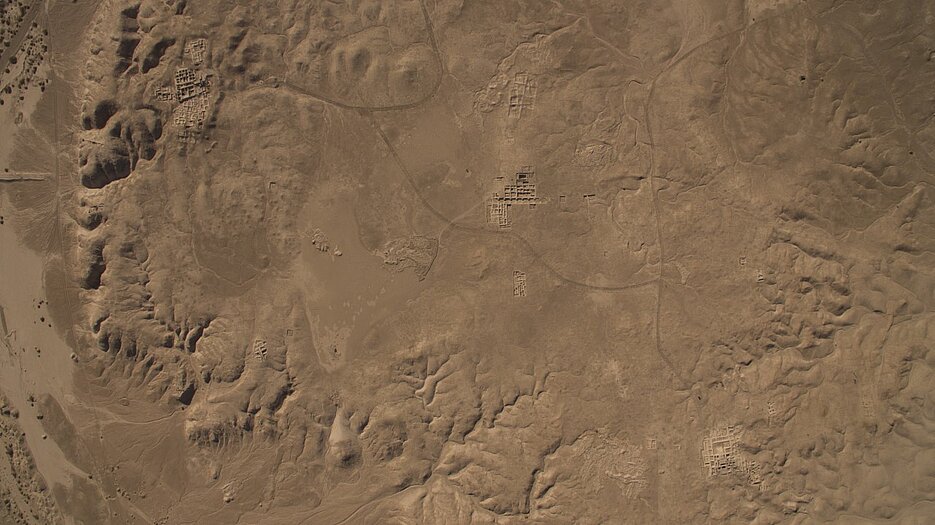Vortrag: Neue archäologische Entdeckungen im Ostiran, Do 10.1.2019
10/23/2018Enrico Ascalone spricht über seine Arbeit in Schahr e-Suchte, der größten prähistorischen Fundstätte im Iran.
Dr. Enrico Ascalone (Universität Göttingen)
Recent archaeological discoveries in the UNESCO site of Shahr-i Sokhta (Iran). A central place in the lower Helmand among Oxus, Indus and Jiroft valley civilizations
Ort: Bibliothek Altorientalistik, Residenz, Südflügel, III. Stock
Zeit: Do, 10.1.2019, 18 Uhr ct
A new project in Sistan, started since 2017, explores the economical and societal transformations in eastern Iran, Central Asia and the Indus valley from the end of IV to the beginning of the II millennium BC using a multidisciplinary and interdisciplinary approach to the Shahr-i Sokhta archaeological researches (Sistan-va-Baluchistan, eastern Iran). Bio-archaeological, anthropological, topographic and palaeo-environmental studies, and settlement researches will be evaluated together with the results of archaeological and geo-physical investigations to test new models for the emergence of complex societies in the Middle East, and Central and South Asia during the III millennium BC. The main aim of this paper will be focused to present the new excavations in Area 33, in which a meaningful building (“Building 33”) has been brought to light for 300 m2. According to the preliminary analysis of pottery assemblage, the building has to be dated to the beginning of Shahr-i Sokhta III period (Phase 4-3), ca. 2400-2300 BC, with an earlier phase dated to the Phase 5b/4 (ca. 2500-2400 BC), allowing us to identify, at least, three main and different sectors on the base of contextual and functional analysis. The above articulated and massive excavated building seems to be part of a wider architectonical complex, particularly meaningful for its historical, social and economical implications.



